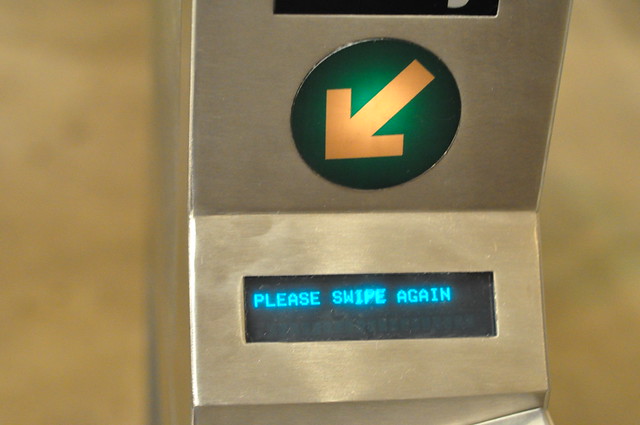
Could a solar-panelled canopy cover the BQE Trench? (Courtesy of Starr Whitehouse)
New York City has long had a love/hate relationship with the BQE. Built by Robert Moses, the road is dug into a trench along Hicks St. in Carroll Gardens. This cacophonous highway has cut off much of Brooklyn from the waterfront district and created an array of dead-end streets and constant pollution. While some city planners would love to bury the BQE underneath Brownstone Brooklyn, a new plan to green the Carroll Gardens trench and reconnect the disjointed neighborhoods is gaining steam.
Last week, the Economic Development Corporation presented three proposals to better integrate the BQE trench into the surrounding area. The plans range in price from $10 million to $85 million and include a focus on green energy. If implemented, they would truly beautify an ugly part of the eastern edge of Brooklyn.
Developed by Starr Whitehouse Landscape Architects and Planners, the plans are as follows:
- Maximum Green: For $10-$18 million, the city would plant 412 new trees along the trench that would “help buffer the mayhem below.” Plans also include a market at Union St. and sound barriers.
- Connections: For $20-$45 million plus an additional $123,000 in annual upkeep, the city would build six pedestrian and bicycle bridges over streets that dead-end at the BQE. Those streets included Warren, Baltic, Degrew, President and Carroll.
- Green Canopy: The $85-million proposal is of course the most luxurious. As The Brooklyn Paper’s Gary Buiso describes: “A latticed, steel canopy is constructed over the trench to shield the view of traffic and provide environmental benefits by reducing noise and creating its energy from the sun, thanks to photovoltaic panels. Retail uses are also possible at Union Street, including an aptly named Trench Café.” Upkeep on this canopy would cost $477,000 a year, but it would offset costs by generating at least $300,000 in solar energy.

For improved access and safety, six pedestrian and bicycle bridges could span the BQE. (Courtesy of Starr Whitehouse)
From the outset, the city raised immediate concerns about the cost of both installing these green projects and maintaining them. “This would be a challenge to maintain additional bridges,” DOT’s Christopher Hrones said. “We think this is compelling, but we are clear that maintenance funds have to come along with this to make it successful.”
Brad Lander, though, the councilman for the area, believes in the project. “It’s not just a pipe dream,” he said. “We can work to make it happen.”
Essentially, the EDC and the neighborhood groups are hoping to achieve five goals for an area whose growth has been stunted by the highway that passes through it. The ideal project will feature noise reduction, pollution mitigation, beautification, improved connectivity and pedestrian safety. The BQE, which is a testament to a time in which Moses was allowed to build without regard for surroundings, has long been a blight on Brooklyn, but perhaps, if the money materializes, access to the waterfront will improve as an ugly trench turns into a swan. It might not be a plan as dramatic as a tunnel, but it’s far more feasible.

For just $10 million, trees planted along the Hicks St. trench could beautify the area. (Courtesy of Starr Whitehouse)










